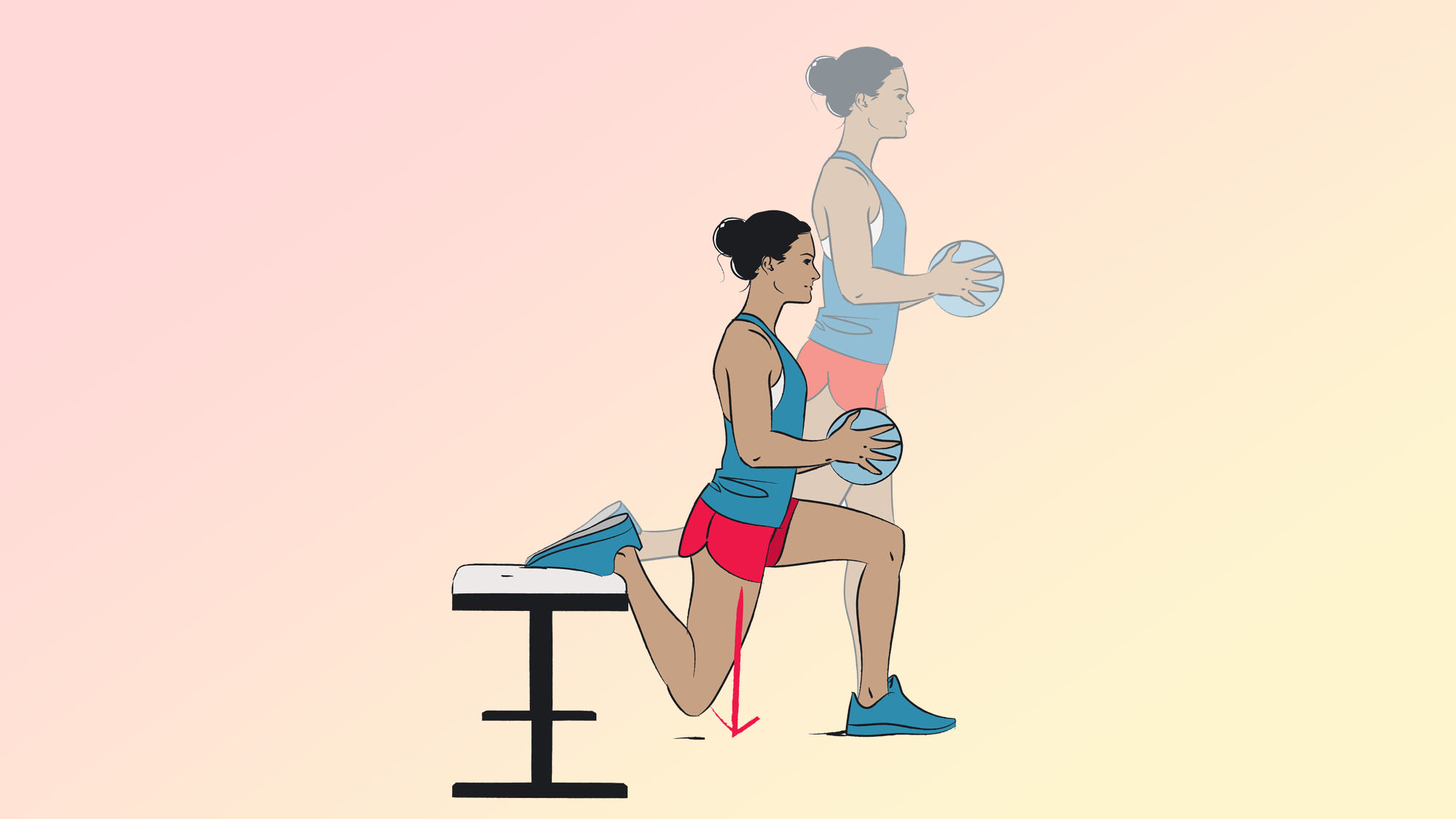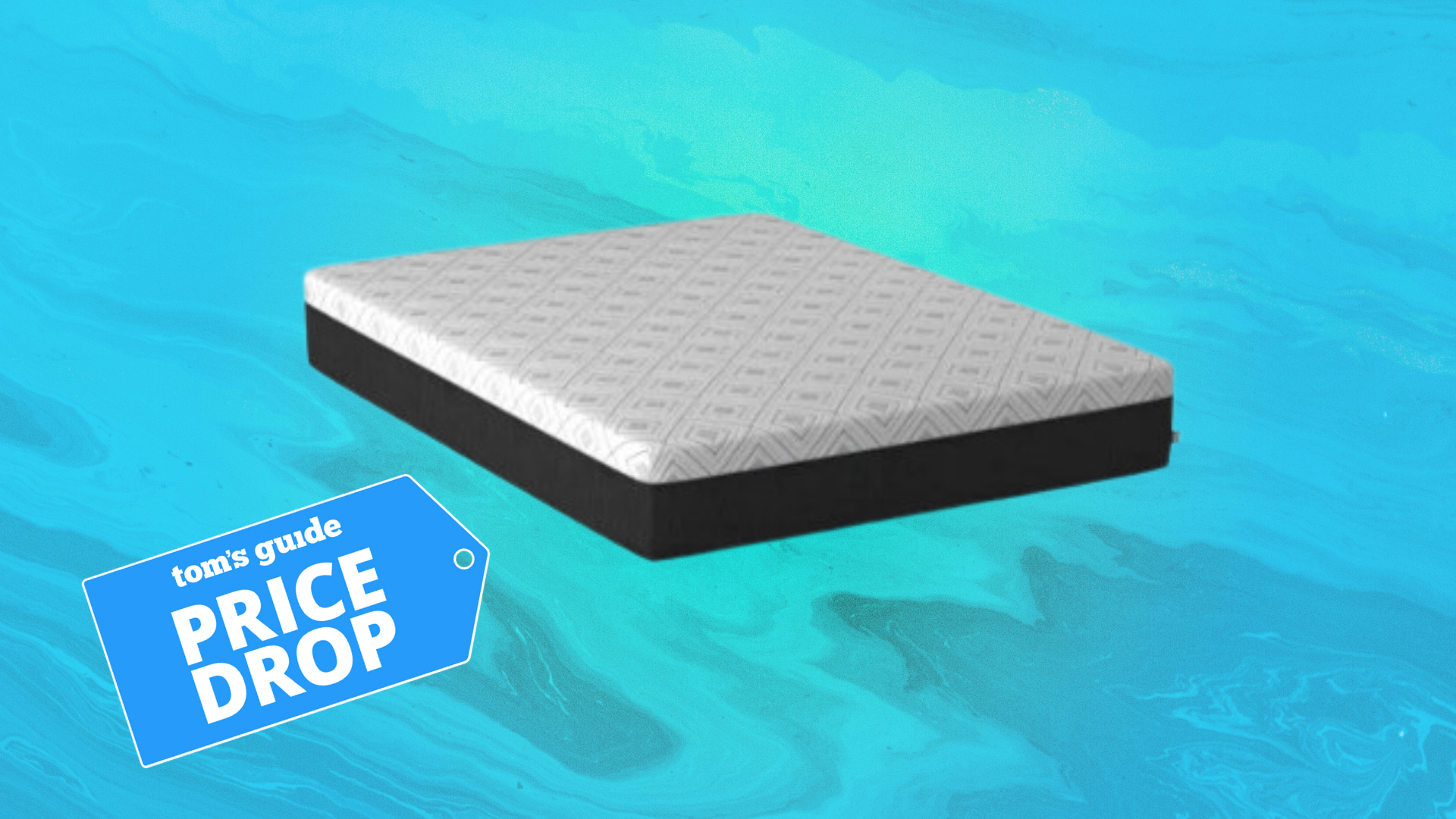I did 50 Bulgarian split squats every day for a week — and the results surprised me

Here at Tom’s Guide, there’s nothing we love more than a weird and wonderful workout challenge. From doing 100 dead bugs a day for a week to working the superman exercise into our morning routine, we’re always on the lookout for new ways to mix things up, and this week, it was my turn.
As a runner, I’m always looking for new ways to strengthen my lower body. Strong legs can not only help me run further and faster but strengthening the muscles in my lower body can help reduce injuries that might keep me from lacing up my best running shoes.
The Bulgarian Split Squat, therefore, is a great exercise to have up my sleeve, as it works the quads, hamstrings, glutes, and calves, while also hitting the abdominal muscles. It’s also a unilateral exercise, meaning it works one side of the body at a time — this is important for runners, as it can help improve your balance, and work on weaknesses in the body.
Yet until now, the Bulgarian split squat is an exercise I often avoided, opting instead to work on the traditional split squat or lunges, keeping both feet on the ground. I tend to wobble in a Bulgarian split squat, and have to really slow down and think about my form. Yet as I return to running from injury, it seemed as good a time as ever to add 50 Bulgarian split squats to my daily routine. Read on to find out what happened.
How to do a Bulgarian Split Squat

The main difference between a Bulgarian split squat and a regular split squat is that in the former, your back foot is elevated off the ground, putting more emphasis on the legs and core as you work to stabilize your body.
To do a Bulgarian split squat, you’ll need a knee-level bench or step (as I was working out from home, I used a footstool). Start by taking a step forward away from the step, and putting your left leg up behind you, resting your left foot on the step. Even with one foot elevated, your feet should be about shoulder-width apart, and your right front foot should be far enough away from the elevated foot that you can comfortably lunge.
Engaging your core, slightly bend at the hips so your torso is slightly tilted forwards, and lower down into a lunge, bringing your left knee towards the floor. Think about keeping your right foot pressed into the floor, pushing up through this leg to return to standing. Repeat all of the reps on this leg, before swapping sides.
Get instant access to breaking news, the hottest reviews, great deals and helpful tips.
If you’re new to the exercise, it can take a while to get your front foot into the right position. If it’s too close to the bench, you’ll find you might wobble a lot, or collapse at the knee. Once you’ve found the position that works for you, mark it with a dumbbell or weight plate to make the next leg change easier.
Read more about how to do a Bulgarian split squat here.
I did 50 Bulgarian split squats every day for a week — here’s what happened to my legs
As I mentioned above, I’ve never really been a fan of this exercise. I’ve always found it difficult to get my front leg in the right position, which has resulted in an awful lot of hopping around in the gym. That said, unlike a traditional split squat, which puts a lot of pressure on the lower back, the Bulgarian split squat puts most of the emphasis on the legs, and as I struggle with lower back pain, this seemed like a good exercise to master.
By days three and four, I felt confident enough in the exercise to add dumbbells to the equation.
On day one of the 50-a-day challenge, I opted for bodyweight Bulgarian split squats, slowing the movement down to really think about my form. As a single-leg exercise, it only took a few reps for me to notice that my left, non-dominant side, was a lot weaker than my right. I also found my core was working in overdrive to keep me balanced.
On day two, I jumped my foot further away from the step. If your foot is further away from the elevated leg, you’ll work the glutes and hamstrings harder. If it’s closer to the step, you’ll be working into your quads. Like many runners, I have lazy glutes, so spending some time activating them before heading out the door for a five-mile progression run felt like a decent warm-up. This is definitely something I’ll try to do in the future.
By days three and four, I felt confident enough in the exercise to add dumbbells to the equation. Holding a dumbbell in each hand added intensity to the exercise, and again, forced my core to really engage throughout the exercise. By day five, I felt like I was a lot more balanced in the move, and increased the reps, doing five sets of 10 reps on each side.
On day six, I decided to mix things up, going to the gym and using a barbell instead of dumbbells. I opted for two sets of 15 reps on each leg, alternating my front foot position for each rep to work into the different muscle groups in my leg. By the end of the week, and the final day of my challenge, I returned to bodyweight Bulgarian split squats, performing the exercise in my living room before heading out for my long run.
Did my legs feel stronger after seven days? Not really — unfortunately, the human body doesn’t work that quickly. That said, I have gotten over my fear of the move, and grown to appreciate its benefits. It’s a great one for switching on my glutes and core before heading out for a run, and it’s reminded me how much I need to work on my weaker side if I want to stay running injury-free.
This is definitely one exercise I’d recommend trying at home or in the gym — just remember to master your form, or check in with a personal trainer, before adding reps or weights to the exercise.
Looking for more workout inspiration? Check out this 10-minute Pamela Reif ab workout that’ll torch your core and this 15-minute dumbbell ab workout.

Jane McGuire is Tom's Guide's Fitness editor, which means she looks after everything fitness related - from running gear to yoga mats. An avid runner, Jane has tested and reviewed fitness products for the past five years, so knows what to look for when finding a good running watch or a pair of shorts with pockets big enough for your smartphone. When she's not pounding the pavements, you'll find Jane striding round the Surrey Hills, taking far too many photos of her puppy.
